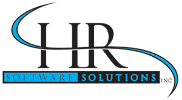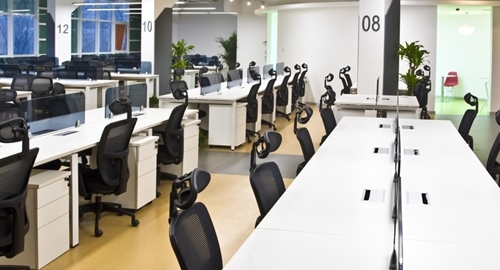Data generated onsite at an office is often waiting to be incorporated into a project or process that aims to improve efficiency. An article from the Society for Human Resource Management looks at the changing nature of workplaces and the way that big data could guide layout decisions in the future. With advanced HR software and other tools at their disposal, companies have the option to synthesize findings and find out which working arrangement is the best choice.
One of the office layout problems suggested by the article is the way companies are forced to think “inside the box” with the styles already available rather than coming up with the plan that fits them best. While the “open” office has been a well-known option for some time, creating a space based off of workplace-specific information, determined by gathered data, offers a custom solution to employee management.
The source spoke to Kenneth Raisbeck of Johnson Controls Global Workplace Solutions, who made an explicit connection between data monitoring and workplace optimization.
“There has been a real growth in quality data, and companies are using that data to really understand how a business uses its assets,” he said. “It is helping us to understand how people work, so we can be proactive in how we help these companies design a workspace.”
Seeing as 70 percent of offices across the country are using open working arrangements in some form, according to information cited by a Forbes article, it’s hard to avoid the impact of this design on modern business places.
An office that uses mostly “open” space or one that features standard cubicles and enclosed may both have advantages that your company will likely want to incorporate into an original, site-specific plan. Optimizing the HR software solution being used improves the chance that data will be incorporated accurately.

